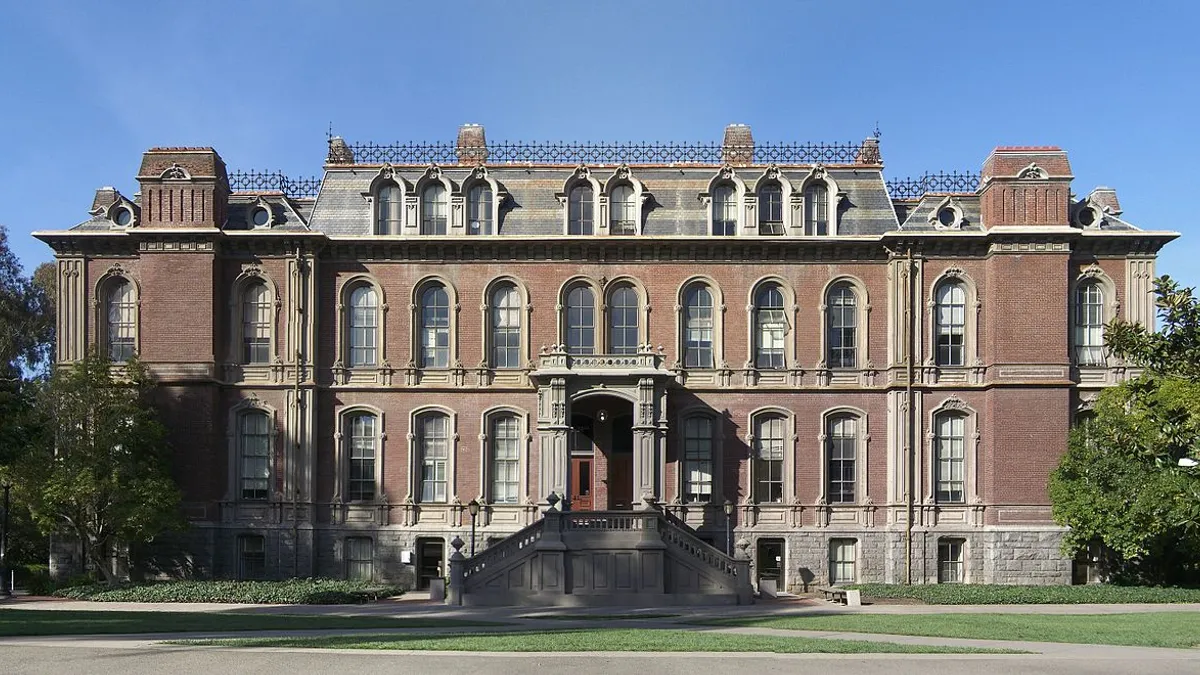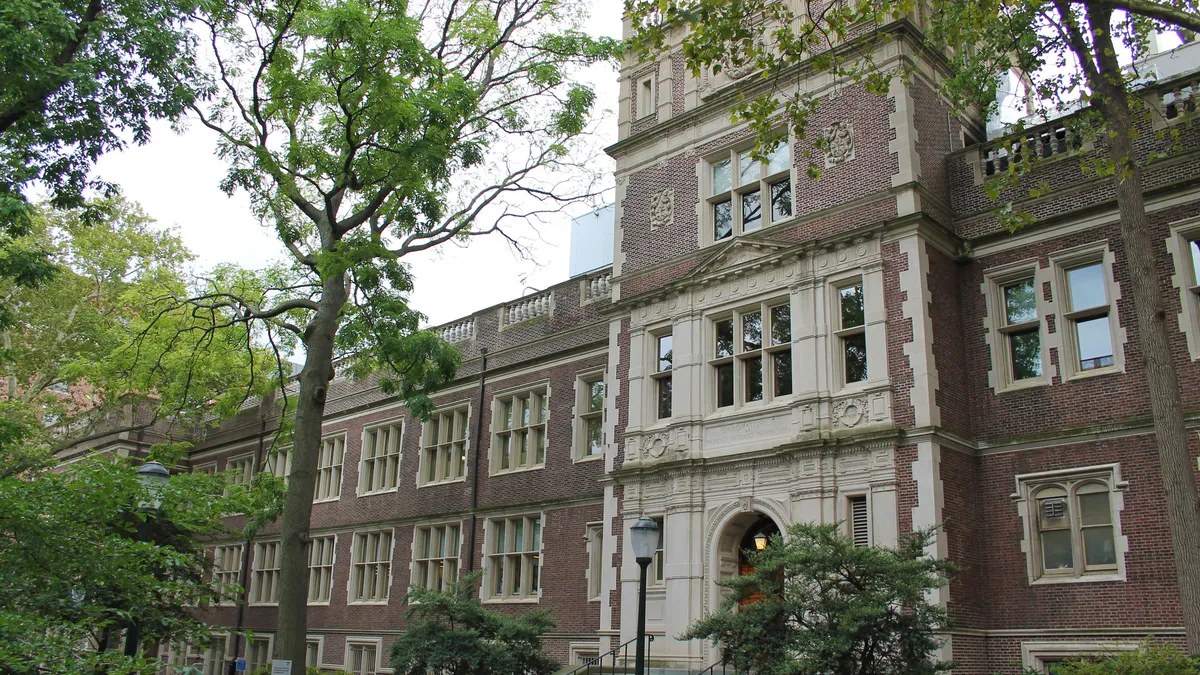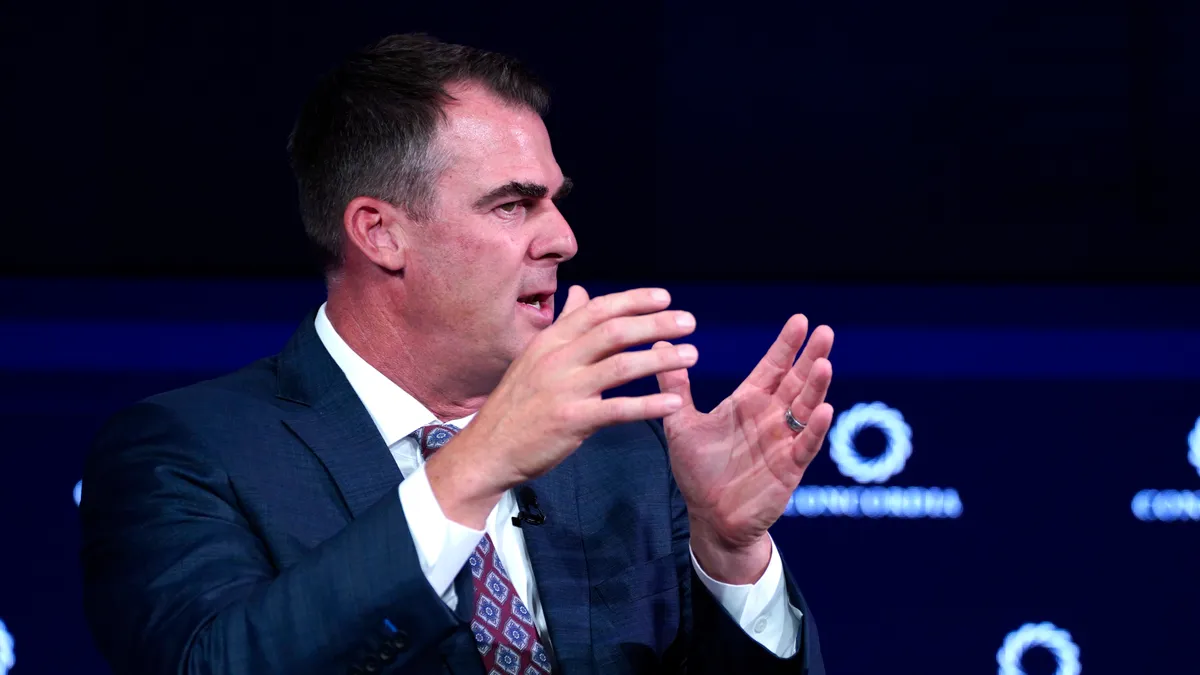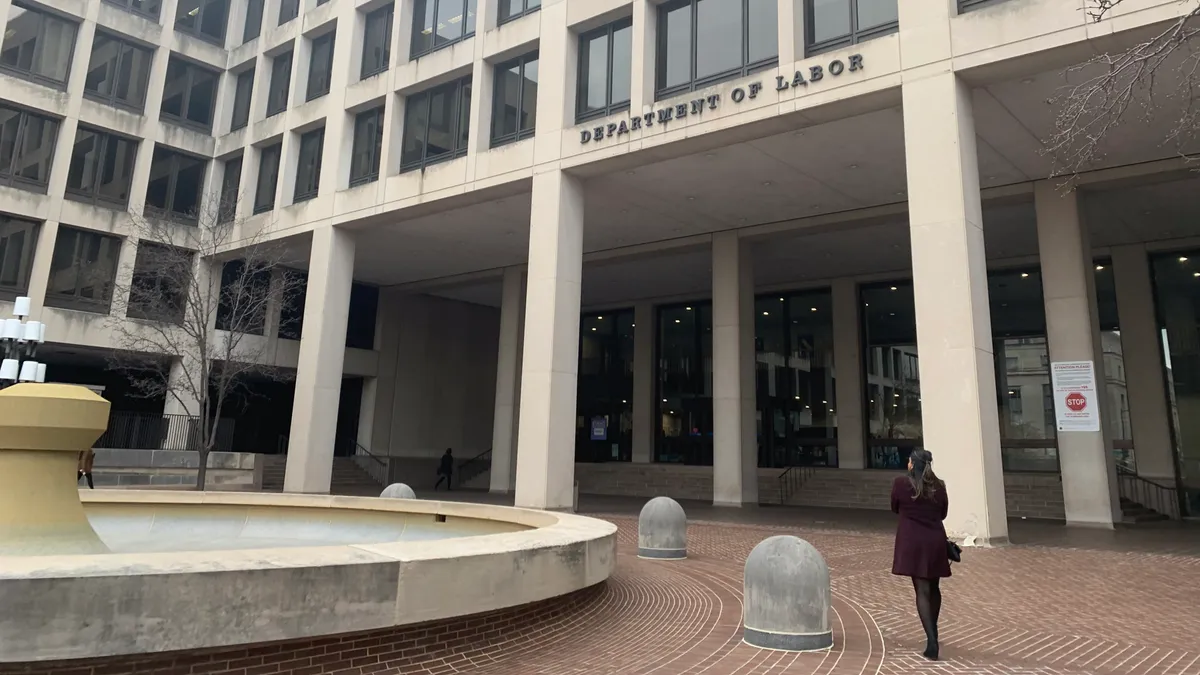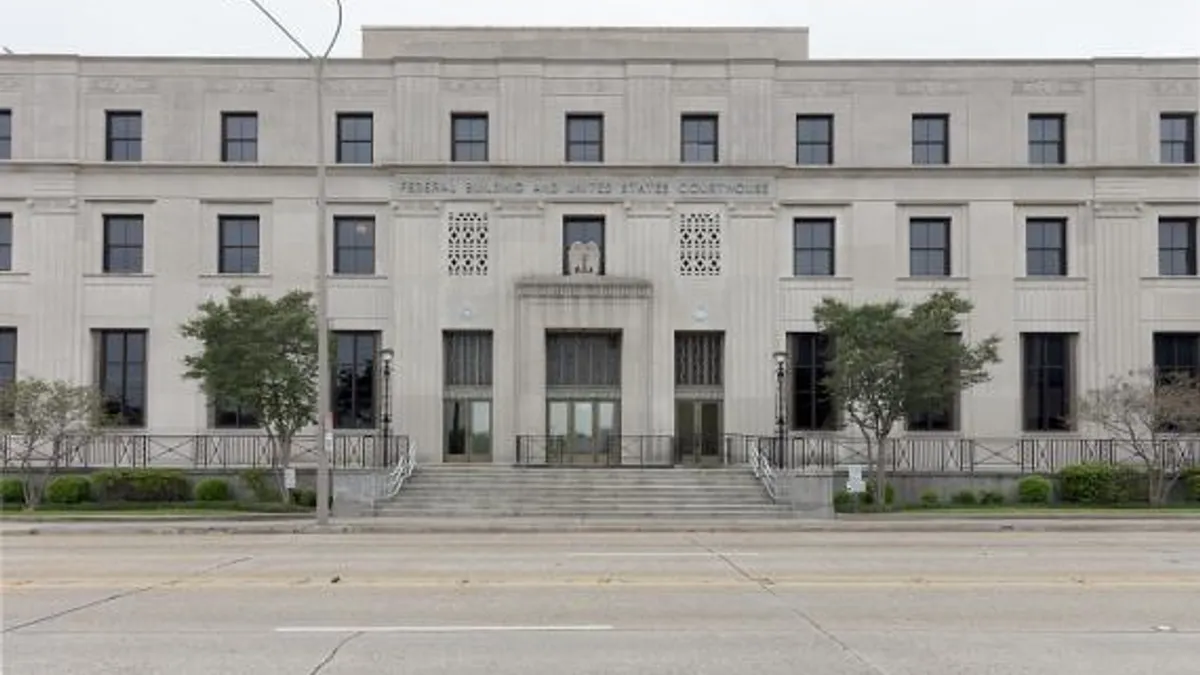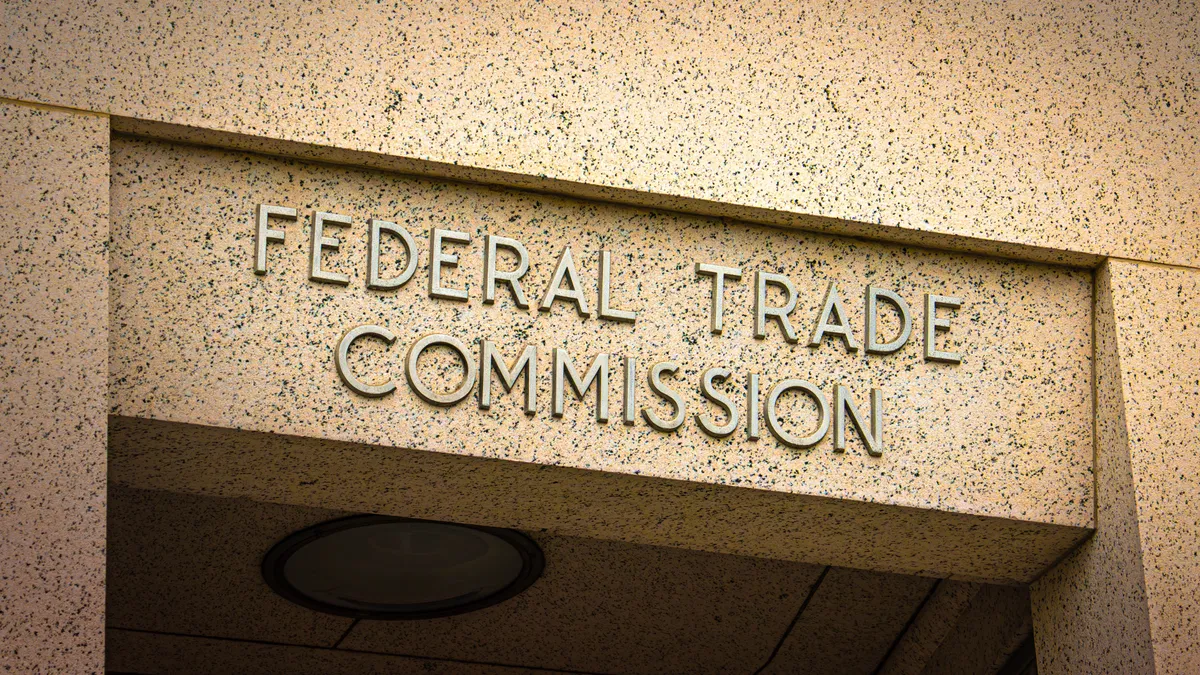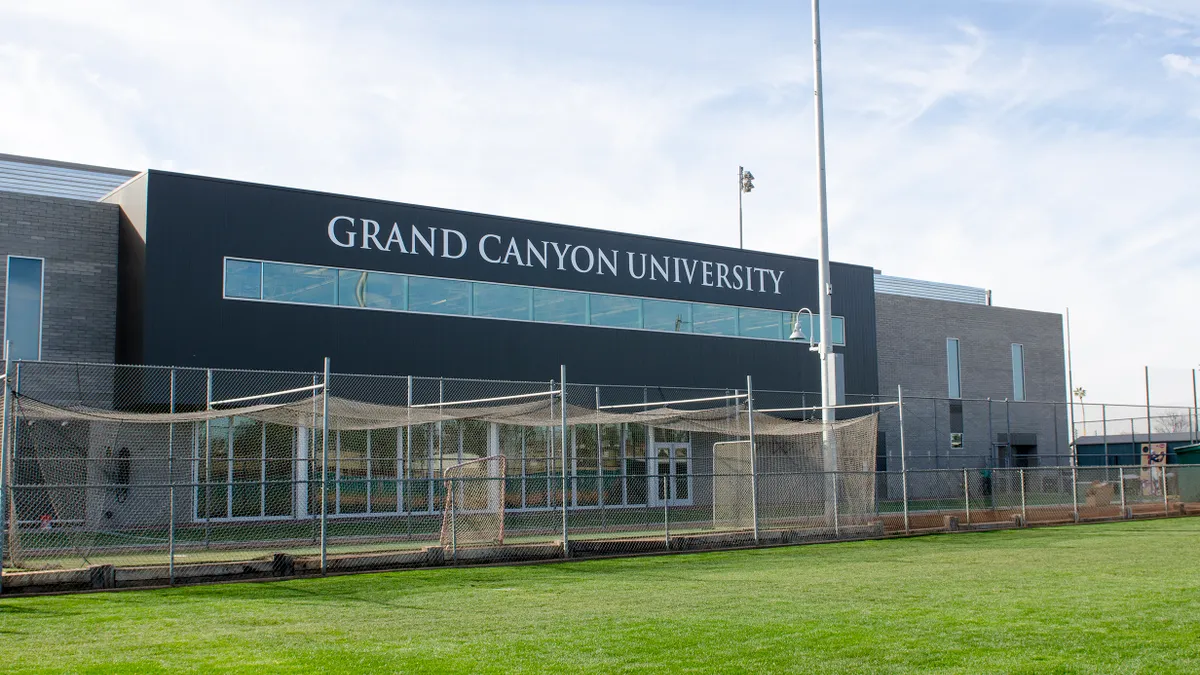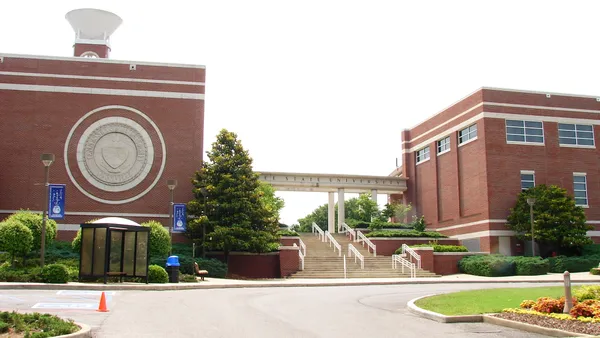California legislators recently threatened to withhold $18 million in state support from the University of California System if it did not offer assurances that it would begin to cap its non-resident enrollment.
The debate has largely centered around UC Berkeley, which has the highest out-of-state enrollment rate of the campuses at around 30%, as families feel increasingly shut out of the prestigious state institution. And although the UC system is widely cited as one of the nation’s most aggressive systems at out-of-state student enrollment, its institutions are near the bottom of the list of all flagships, and are among the nation’s best in maintaining their per-student spending percentage over the last eight years, according to data from the Center on Budget and Policy Priorities (CBPP).
However, at 24 of the nation’s public flagship campuses, 40% or more of the freshman population is non-resident; at 11 of those, that number rises to more than half, according to a recent report from the Jack Kent Cooke Foundation authored by UCLA Assistant Professor of higher education and organizational change Ozan Jaquette.
The role of state support on enrollment trends
In many ways, said Jaquette, institutions are more aggressively marketing to out-of-state students to compensate for declining state appropriations to higher ed.
“At public research universities, the motivation is money, first and foremost,” he said. However, since the decreased in-state admissions rates mean more top students are being forced to apply to top public schools in other states, Jaquette said top students are being forced to apply to public research institutions at neighboring states.
This means that some of the motivation for admitting more out of state students, particularly in poorer states with lower ranking K-12 educational systems, “could [also] be academic prestige, because … they’re getting both money and high SAT scores, and they can use that money to spend on more merit aid to get more” top performing students from other states to keep the cycle going."
And although the UC system is widely cited as one of the nation’s most aggressive systems at out-of-state student enrollment, its institutions are near the bottom of the list of all flagships, and are among the nation’s best in maintaining their per-student spending percentage over the last eight years, according to data from the Center on Budget and Policy Priorities (CBPP).
According to a recent CBPP report, North Dakota, Wyoming, Wisconsin, Montana and Alaska are the nation’s top states in maintaining or increasing per-student spending since the 2008 recession.
On average, these states have increased spending by $1,435 per student between 2008 and 2016, skewed by North Dakota and Wyoming, which have both increased spending by more than $3,000, respectively.
According to statistics compiled by Wintergreen Orchard House, public universities at each of the states, with the exception of Alaska, post a total out-of-state student enrollment of at least 20%.
But a June 1 report from the Brookings Institution found the increases in tuition are far greater than what would be needed to compensate for the decreased appropriations. “The magnitude of the effect of a reduction in state appropriations on tuition is miniscule,” the report said — more simply, six cents of every dollar in appropriations find their way into lower tuition” for in-state students at public research institutions, according to one study; a second study found a reduction of 10 cents on the dollar.
The report further concluded that “increasing appropriations for public colleges and universities [is] an ineffective—even wasteful — policy for keeping tuition low,” finding grant aid, or aid which follows students, provides a better return on investment, in terms of student access.
According to Jaquette’s own findings, in 2003, the average in state appropriations revenue was $290 million, while the institutions were bringing in roughly $183 million in tuition revenue. In the 2015-2016 school year, state funding had dropped to $247 million per year, while tuition revenue had risen to $380 million.
In North Dakota, out-of-state enrollment exceeds 50% at North Dakota State University and the University of North Dakota. The University of Wisconsin – River Falls, with 56% of students coming from other states, stands as an outlier in a state where the average non-resident enrollment is higher than some (34% at the flagship campus in Madison, for example), but not at the top of the pack.
The expansion of industry in some states could be viewed as one element of higher education expansion. Oil and gas production in North Dakota has helped to yield a 61% increase in higher education spending, which has resulted in new facilities and new jobs for the graduates attracted to its campuses.
“People here have made that connection” between higher education and the economy, Greater North Dakota Chamber of Commerce CEO Andy Peterson recently told The Hechinger Report's Jon Marcus. “They do get it. The business community gets it. We understand that 70 percent of all jobs are going to require a college education by somewhere around the year 2020, and we’ve got to grow our own.”
But even institutions in these states which seem to value education the most have seen their share of fiscal challenges. Legislators in North Dakota and Wisconsin have moved for tenure and promotion reform over the last two years, seeking to give campuses more latitude in capping earning potential from seasoned faculty members. And the University of Wyoming declared financial crisis last summer, and officials attributed the crisis to a downward spike in public funding, due to losses in its energy production sector.
Conversely, Louisiana, Alabama, New Mexico, Arizona and Illinois are the nation’s worst in higher education divestment over the last eight years, cutting per student spending by an average of $4,013. Only three of these states post out-of-state enrollment percentages above 20%, and all have struggled to keep pace with legislative funding support, even for in-state student programs like Louisiana’s TOPS scholarship program for in-state residents.
Illinois has been among the hardest hit of all states through legislative cuts and mandates for pension and benefit payouts to employees. Among all of its reporting campuses, only Southern Illinois posts an out-of-state student enrollment above 10%, and all continue to struggle with legislative threats to programmatic development and student support.
A rise in out-of-state enrollment at regional colleges
Public flagships are not the only institutions where out-of-state enrollment is on the decline. Kentucky State University, Lincoln University (PA), Coastal Carolina University (NC) and the University of Wisconsin – River Falls are all among the regional institutions where out of state enrollment in over 50%.
“I feel like there’s a story to be told about the disintegration of the American system of public universities” designed to provide a high-quality education to students in the state at a lowered cost,” Jaquette said. It started at the “high-end public research institutions,” he said, where top students in other states were seeking the prestige of a research 1 institution, which led to the “dissolution of the public flagship university.”
In turn, he continued, what we’re “seeing is the system of public institutions dissolving at the other end of the spectrum” now, as the effects trickle down. “I think there’s a story to be told there that these things are kind of happening for different reasons, but the end result is that we’re not going to have this system of state universities” designed to educate students in the state, he said.
“It’s a vicious cycle that kind of started with not having the state appropriations, then those state universities like Delaware State University increasingly going after students at other states,” which then finds state legislatures in a position to ask, “why should we pay you to go after students at other states,” Jaquette said.
In many cases, institutions aggressively recruit students from out of state, often through agreements to offer in-state tuition rates to students from neighboring states, to help address the challenges associated with declining enrollment industry-wide.
“I’ve been hearing about places that are sort of on the even much lower totem pole of public universities that are getting rid of out-of-state tuition because they have capacity that’s being unmet from state students,” he said.
Impact on institutional culture
Other public institutions, which do not have the resources and prestige of the major public research universities, are finding the opposite effect of the rising prestige that Jaquette said flagships see when skimming more top students from other states. “I think you’ve got this: At prestigious public universities, out-of-state students they’re affluent, they’re going to be pretty high caliber, and the school is going to get more prestigious as a result,” he began. But on the other end of the spectrum, there are “the schools that are attracting out-of-state students [who come from affluent families and have the money to pay to get in, but] aren’t really great students, [who will ultimately] change the academic and social culture” of the institution.
Jaquette said there are two different types of out-of-state students who enroll at public institutions: those who are looking for social mobility through the public track after being shut out of the research institutions in their own states and those on “the party track — these tend to be the affluent students that don’t take school very seriously and they’re the largest group, and end up dominating the culture.”
These students, he continued, often mistreat, alienate or “ignore students from lower socio-economic statuses who ‘already] tend to feel uncomfortable in college — something I saw first-hand at the University of Arizona.”
The lower income students, who are often students of color, first-generation, questioning whether they belong on campus to begin with, “told me they felt very uncomfortable with all of these rich, out-of-state students.”
Not only that, but these students, whom Jaquette says are often “paying for the party” and the allure of an institution with athletics and Greek culture, show a measured disdain for the students who are actually academically engaged.
“I think this is happening at a lot of places, and I think that’s probably the biggest cost is the cost of hostility to effort and the lack of focus” on academics. “Low-income students can’t afford to go to private schools, that’s why publics were created in the first place,” he said.
Jaquette’s report for the Cooke Foundation concluded public flagship universities, which have long been the “primary agents for social mobility,” are now on the edge of “becoming instruments of social stratification,” rather than mobility.


